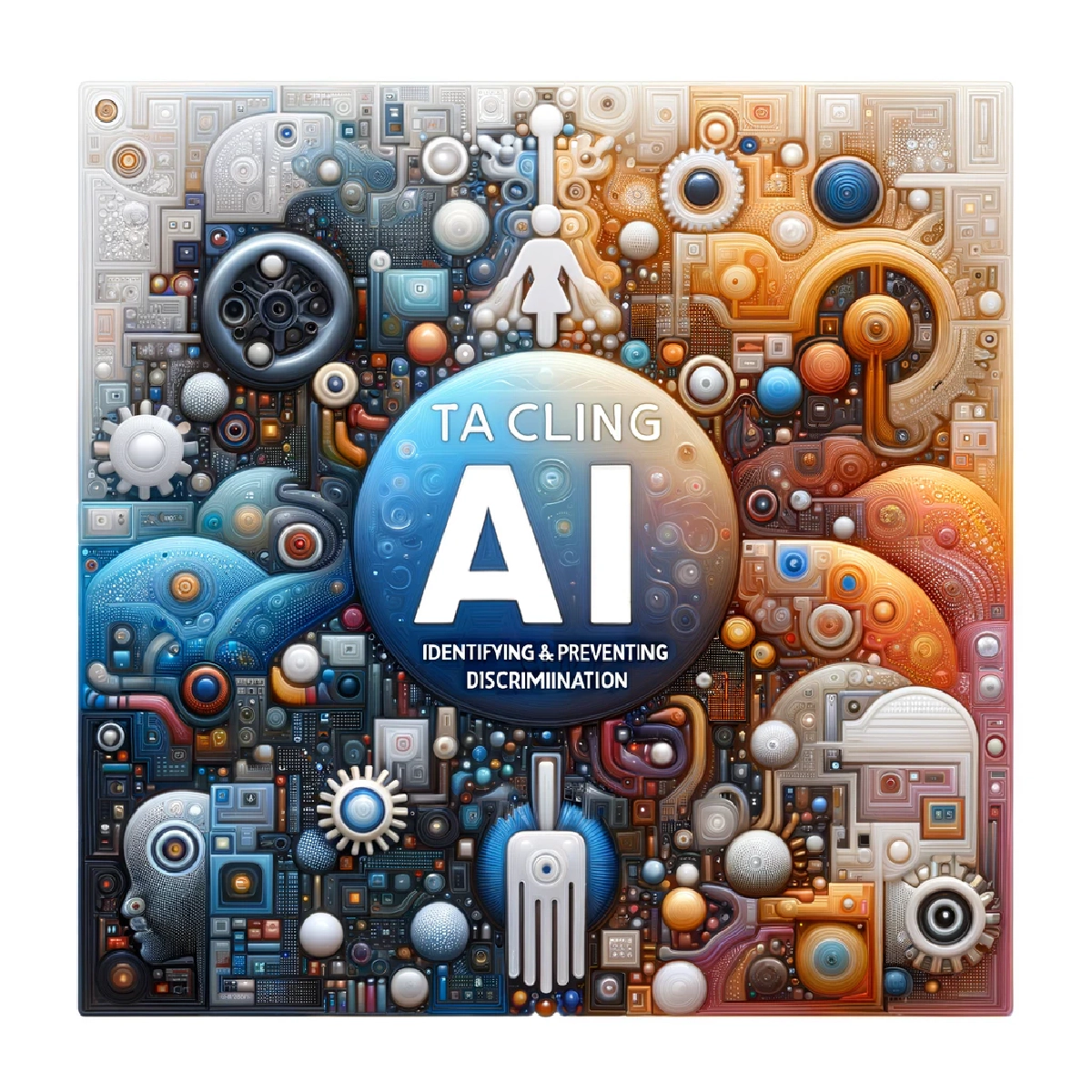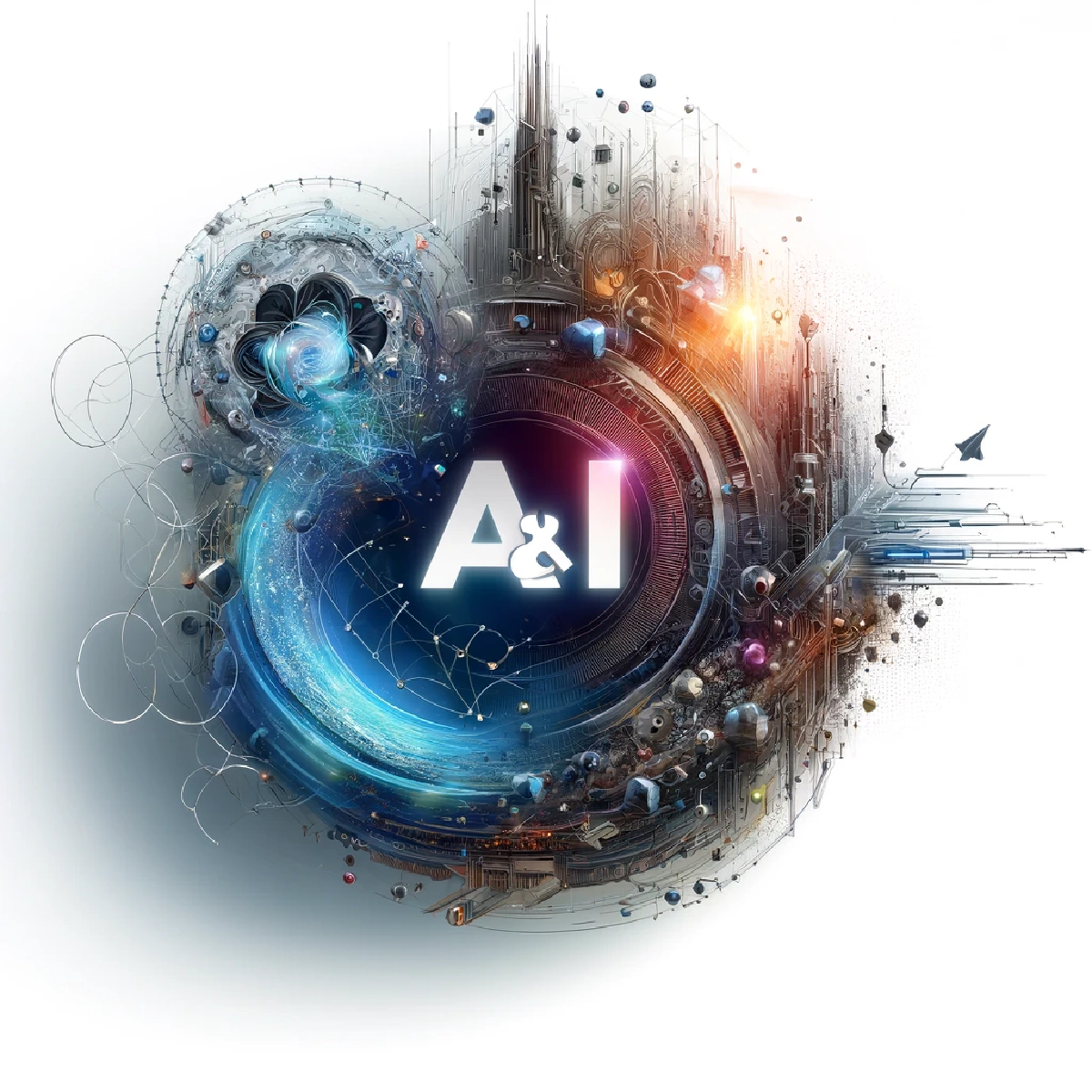
Tackling AI Bias: Identifying & Preventing Discrimination
13 Min read
Artificial intelligence (AI) has the potential to revolutionize numerous industries, but it is not without its pitfalls. …

If there is a request to develop a new project for web,
a custom software, it's always a headache which technologies to use and so on. In this article we are going to walk through next stack :
React for Web and Python (Flask) for backend.
Enjoy reading!
Let's get started!
React is a popular JavaScript library for building user interfaces, and Python is a powerful programming language that is often used for backend development. In this article, we will explore how to use these technologies to develop modern software applications.
First, let’s take a look at React. React is a declarative, efficient, and flexible JavaScript library for building user interfaces. It allows developers to create reusable components that can be easily combined to build complex user interfaces.
To get started with React, you will need to install the library and set up a development environment. This typically involves installing Node.js, a JavaScript runtime, and a code editor such as Visual Studio Code.
Once your development environment is set up, you can create a new React project using the create-react-app tool. This will generate a basic structure for your project, including a development server and some example code.
To install Node.js and npm, you can download the installer from the Node.js website and follow the prompts to install
the runtime and package manager. Once installed, you can use npm to install React by running the following command in
your terminal:
npm install -g react
The -g flag indicates that the package should be installed globally, which means that it will be available to all
projects on your machine.
Once React is installed, you can use the create-react-app tool to create a new React project. This tool is a
command-line utility that generates a basic structure for a React project, including a development server and some
example code. To create a new project, run the following command in your terminal:
npx create-react-app my-project
Replace my-project with the desired name for your project. This will create a new directory with the specified name and generate the basic project structure inside it.
To start the development server, navigate to the project directory and run the following command:
npm start
This will start the development server and open a new browser window with your project. You can now begin building your React application by modifying the code in the src directory.
Building the user interface with React involves defining components using JavaScript and the React syntax. Components are the building blocks of a React application and can be as simple or as complex as needed. They can be composed of other components to create a hierarchical structure.
To create a new component, you can define a function or a class that returns a React element. For example, here is a simple component that displays a greeting:
import React from 'react';
function Greeting(props) {
return <h1>Hello, {props.name}!</h1>;
}
This component takes a single prop, name, and uses it to display a greeting. To use this component, you can import it into another component and render it by calling the function with the desired prop value:
import React from 'react';
import Greeting from './Greeting';
function App() {
return (
<div>
<Greeting name="John"/>
<Greeting name="Jane"/>
</div>
);
}
This will render two instances of the Greeting component, with the name prop set to “John” and “Jane” respectively.
In addition to functional components like the one above, you can also define components using classes. Class-based components have additional features such as state and lifecycle methods, which allow you to manage the behavior of your components over time.
Once you have defined your components, you can use them to build your user interface by rendering them to the DOM. React uses a virtual DOM to optimize the rendering process and minimize the number of DOM updates that are required.
Building the backend application with Python using the Flask framework involves defining routes to handle HTTP requests and using functions to process the requests and generate responses. Flask is a lightweight framework that is well-suited for building simple APIs and microservices.
To get started with a Flask backend, you will need to install Python and the Flask library. You can install Python from the official website or using a package manager such as pip. To install Flask, you can run the following command:
pip install flask
Once Flask is installed, you can create a new Python script and import the Flask library. Then, you can define a Flask app and use the @app.route decorator to define a route that handles a particular type of HTTP request. For example:
from flask import Flask, request
app = Flask(__name__)
@app.route('/login', methods=['POST'])
def login():
# Get the login credentials from the request
credentials = request.get_json()
username = credentials['username']
password = credentials['password']
# Validate the login credentials
if username == 'admin' and password == 'secret':
# Return a success message if the login is successful
return 'Login successful', 200
else:
# Return an error message if the login is unsuccessful
return 'Invalid login credentials', 401
This route defines a /login endpoint that handles POST requests with login credentials in the request body. It validates
the credentials and returns a success message or an error message depending on the outcome.
To run the Flask app, you can use the flask run command in the terminal. This will start the development server and allow you to access your API at the specified routes.
Overall, building the backend application with Python using Flask involves defining routes to handle HTTP requests and using functions to process the requests and generate responses

Integrating the frontend and backend of a web application involves using an API (Application Programming Interface) to allow the two components to communicate with each other. An API is a set of rules and protocols that define how the frontend and backend can exchange data and interact with each other.
To make a request to this API from the frontend, you can use Axios:
import axios from 'axios';
async function login(username, password) {
try {
const response = await axios.post('/login', {
username,
password,
});
const token = response.data.token;
// Save the token to local storage
localStorage.setItem('token', token);
} catch (error) {
console.error(error);
}
}
This function sends a POST request to the /login endpoint with the specified login credentials
in the request body. If the login is successful, it saves the received token to local storage.
Overall, integrating the frontend and backend of a web application involves defining an API on the backend and making HTTP requests from the frontend to the backend using a library such as Axios. By designing a clear and well-documented API, you can create a flexible and maintainable application that is easy to extend and modify.
Optimizing the performance and scalability of a web application involves identifying and addressing bottlenecks that can limit the application’s performance and scalability. There are many factors that can affect the performance and scalability of a web application, including the design of the application, the hardware and software used, and the workload and traffic patterns of the application.
To optimize the performance and scalability of a web application, you can take the following steps:
Use tools such as application performance monitoring (APM) tools, log analysis tools, and load testing tools to measure the performance of the application and identify areas that need improvement.
Review the application code and look for ways to optimize it for performance and scalability. This can include optimizing database queries, minimizing network round trips, and minimizing the use of expensive operations such as string manipulation and sorting.
Use caching techniques such as in-memory caching, content delivery networks (CDNs), and caching proxies to reduce the load on the backend and improve the performance of the application.
Use horizontal scaling techniques such as load balancing and auto-scaling to add more resources to the application as needed. This can help the application handle increased traffic and workload without experiencing performance degradation.
Use high-performance hardware such as solid-state drives (SSDs) and fast processors, and optimize the software stack for performance and scalability.

Ensuring security in your application involves implementing measures to protect the application and its users from threats such as data breaches, unauthorized access, and malicious attacks. There are many steps you can take to ensure the security of your application, including:
Overall, ensuring security in your application involves implementing measures to protect the application and its users from threats and vulnerabilities. By following best practices for secure coding, using secure authentication and authorization, using secure communication, encrypting sensitive data, and using security testing tools, you can help protect your application and its users from security threats.
Designing and testing the user interface of a web application involves creating a user-friendly and intuitive interface that meets the needs of the users and the goals of the application. The design process typically involves creating wireframes and prototypes to visualize the layout and functionality of the interface, and testing the interface with users to identify and fix any issues.
To get started with designing the user interface, you can create wireframes that outline the layout and functionality of the interface. Wireframes are simple, low-fidelity representations of the interface that show the placement of elements such as buttons, forms, and menus. Wireframes can be created using tools such as Balsamiq, Sketch, or Adobe XD.
Once you have created wireframes for the interface, you can create prototypes that are more detailed and interactive. Prototypes can be created using tools such as InVision or Marvel. Prototypes allow you to test the functionality of the interface and get a better understanding of how it will work in practice.
After you have designed the user interface, you can test it with users to identify any issues and gather feedback. User testing can be conducted using methods such as usability testing, focus groups, and surveys. By testing the interface with users, you can identify any problems or areas for improvement and make necessary changes before the application is released.
Developing modern software involves a range of tasks and technologies, including web development, backend development, and user interface design.
To get started with web development, you can use libraries and frameworks such as React to build the frontend of the application. React is a popular JavaScript library for building user interfaces that allows you to create reusable components and build complex user interfaces efficiently.
To build the backend of the application, you can use a programming language such as Python and a framework such as Django or Flask. These frameworks provide a structured way to build the backend of the application, handle common tasks such as routing and database management, and expose APIs for the frontend to consume.
To design the user interface of the application, you can create wireframes and prototypes to visualize the layout and functionality of the interface, and test the interface with users to identify and fix any issues.
To optimize the performance and scalability of the application, you can monitor the performance of the application, optimize the code, use caching, scale out the application, and use high-performance hardware and software.
To ensure the security of the application, you can follow best practices for secure coding, use secure authentication and authorization, use secure communication, encrypt sensitive data, and use security testing tools.
By following these best practices and using the right tools and technologies, you can develop modern software that is efficient, scalable, secure, and user-friendly.
CloudFlex is happy to support your software development, reach us out to get more!

13 Min read
Artificial intelligence (AI) has the potential to revolutionize numerous industries, but it is not without its pitfalls. …

12 Min read
Quantum computing and artificial intelligence (AI) are two of the most revolutionary technological domains that are …
Looking for a solid engineering expertise who can make your product live? We are ready to help you!
Get in Touch